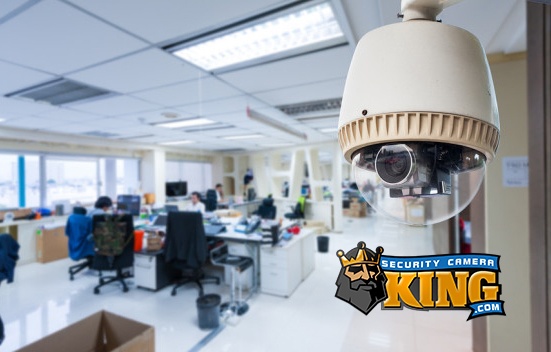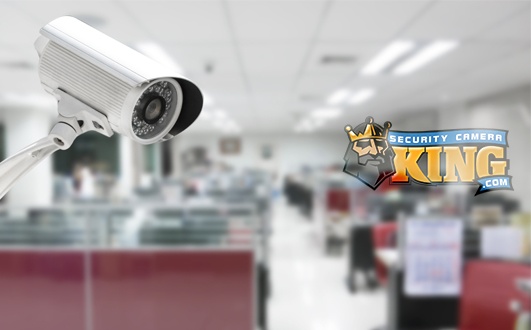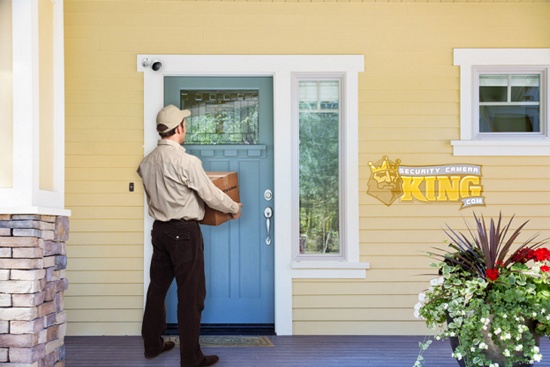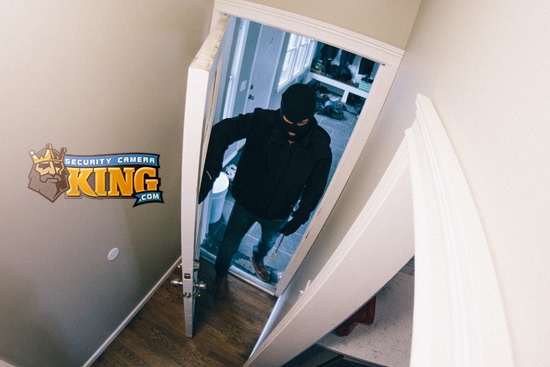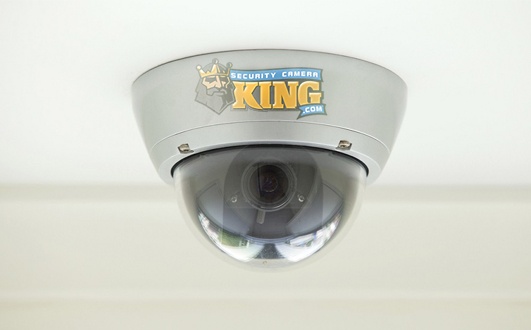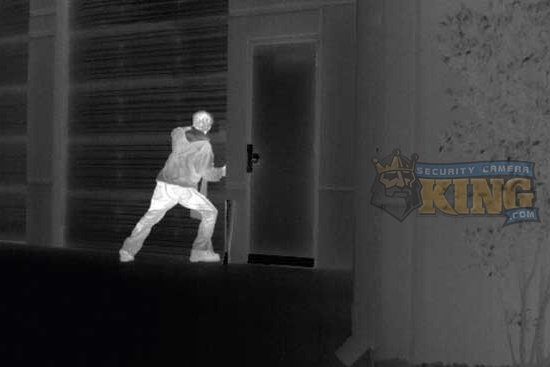



It can be difficult choosing the right security camera for your needs. There are so many different types and sizes to choose from. Most cheaper security cameras are limited. The only view you get is the one that it is positioned in. If you have ever tried to video a moving subject such as a child, an animal, or an adult, you know that they will not just stay in the field of view of the camera. The purpose of a security camera for the most part is to keep an eye on your products, property, family, and or personnel. Any criminal would try their hardest to stay out of the camera’s field of view. With a pan tilt zoom camera it makes their attempt to hide from the camera almost impossible. If a security camera has a 60 degree viewing angle it will capture some objects but in greater detail than a security camera with a 90 degree viewing angle that will capture more objects but with fewer details.


The size of a cameras lens and or “focal length” is the main factor when it comes to determining the field of view. A camera with the focal length of 3.6mm will have a field of view of 78 degrees. A camera with the focal length of 5.1mm will have a field of view of 58 degrees. A camera with the focal length of 6mm will have a field of view of 51 degrees. A camera with the focal length of 9mm will have a field of view of 39 degrees. The smaller lenses are also known as wide-angle lenses, which can give you a larger field of view than cameras with a larger lens. When it comes to lenses in security cameras, bigger does not always mean better. With wide-angle lenses, the objects will appear smaller within the camera image but it will cover a larger area. The wide-angle lenses are meant for monitoring larger areas such as foyers, warehouses, back and front yards and parking lots. The other lens options are larger lenses, also known as narrow-angle lenses, and have a smaller field of view. These lenses capture a smaller and more limited area, but the objects will appear larger and more detailed. The purpose of these types of cameras are for narrowing in on a specific target such as a doorways, hallways, cash registers and other objects of value.

There is a lens option called “fixed lens” which means the focal length is set permanently and cannot be adjusted by the cameras user. When choosing one of these lenses it is very important you choose the right field of view because you can not adjust it later. “Varifocal Lenses” allow the user to adjust the cameras lens by using certain adjustment knobs and screws. Of course a camera with this ability will make the camera more expensive. Although they are more expensive, you have the capability of making the adjustments you may require later. The focus settings on these types of cameras may have to be adjusted from time to time. In order to unsure you are able to switch quickly between narrow and a wide field of view your best option would be a “Pan Tilt Zoom” camera also known a PTZ camera. The PTZ camera has a motorized varifocal lens that can be used to change the cameras field of view from your digital video recorder, network video recorder, tablet, computer or smart phone. In order to change the view, you will need the control panel which is normally sold separately. PTZ cameras are named for their capabilities, you can pan, tilt, and zoom in on what you want to focus on. Unlike all other cameras, the PTZ camera has a full field of view.

A useful innovation that is available with a PTZ camera is “Auto Tracking”. Auto tracking is a built-in firmware program that monitors any change in pixels generated by the video. When there is movement the pixels change as a result and the camera will then move and will focus on the pixel variation in an attempt to center the pixel fluctuation on the video clip. As a result the camera will follow or “track” the movement. This program also allows the camera to estimate the size of the object moving and the distance of the movements from the camera. These estimates help the camera to adjust the camera’s optical lens in and out to stabilize and focus on the movement. Once the movement exits the camera’s field of view, the camera will automatically return to its pre-programmed position until it senses movement again. In order to exit a PTZ cameras field of view which is 360 degrees you must exit the room, and if you are outside you would go around the building.

PTZ cameras are normally used to monitor a larger area with a single camera and a conventional PTZ camera is normally pointed at a specific area. This limits the video recorded unless it is being monitored and controlled by a person or auto tracker software.
Salient points you should know about IP/PTZ cameras:
– PTZ cameras can store a fixed number of preset positions. In order to choose the view you want, you set each view to a numbered button. It can also be programmed to auto shift between those positions for a set amount of time.
– Many PTZ cameras allow users to draw a small box with their mouse and zoom in on that selected area.
– With some PTZ cameras the administrator has the ability to designate users to change the position of the camera, but only one user can change the position/view at a time
– Some PTZ IP cameras can freeze the image, move to another position then release the freeze so the user can only see the targeted areas.
– the speed of the PTZ features can be adjusted.
– it is possible to limit the maximum pan and tilt angles.
– the quality of the zoom feature is restricted to the resolution of the camera chosen.
All in all a PTZ is one of the most technologically advanced cameras available today.






